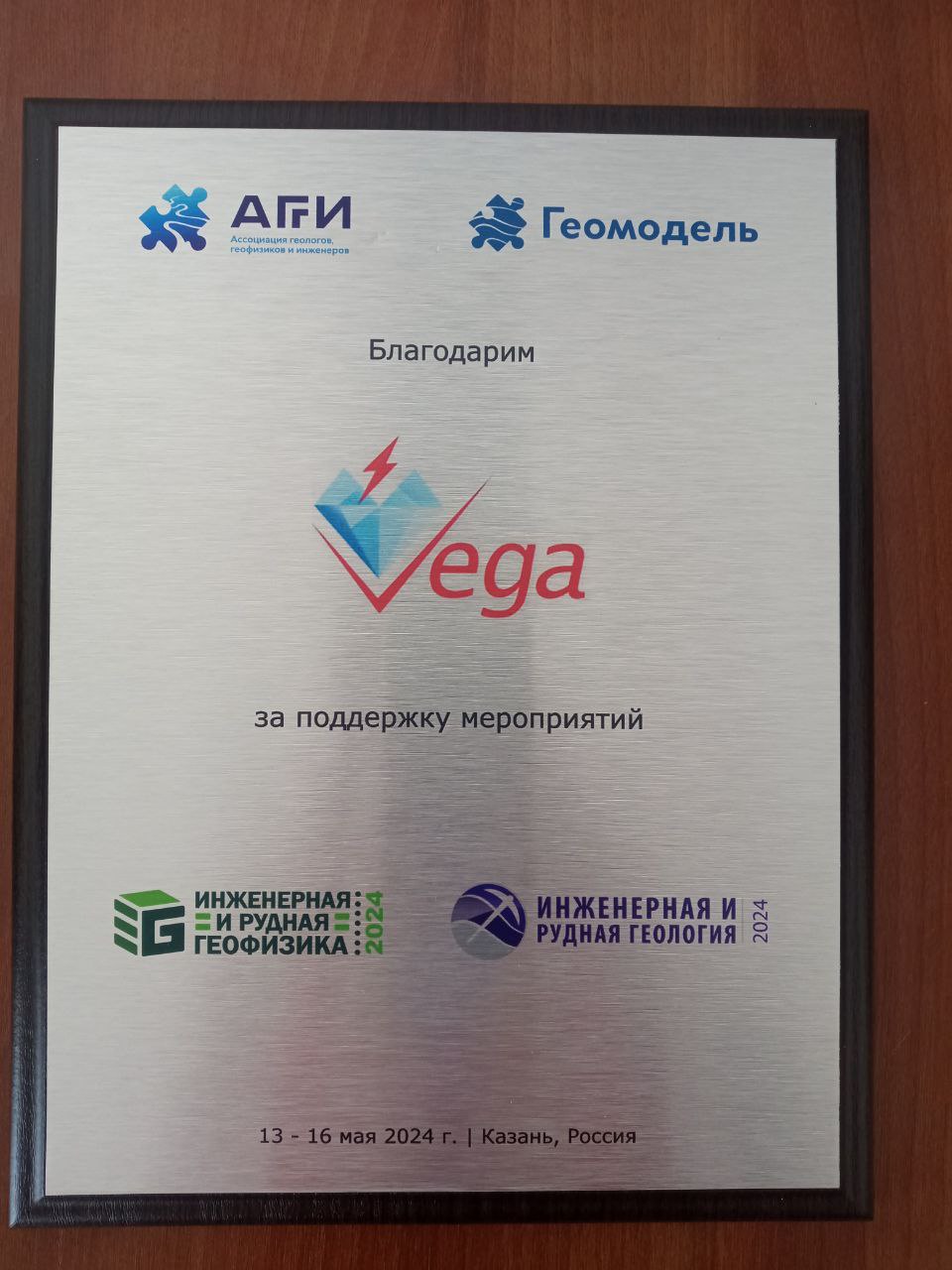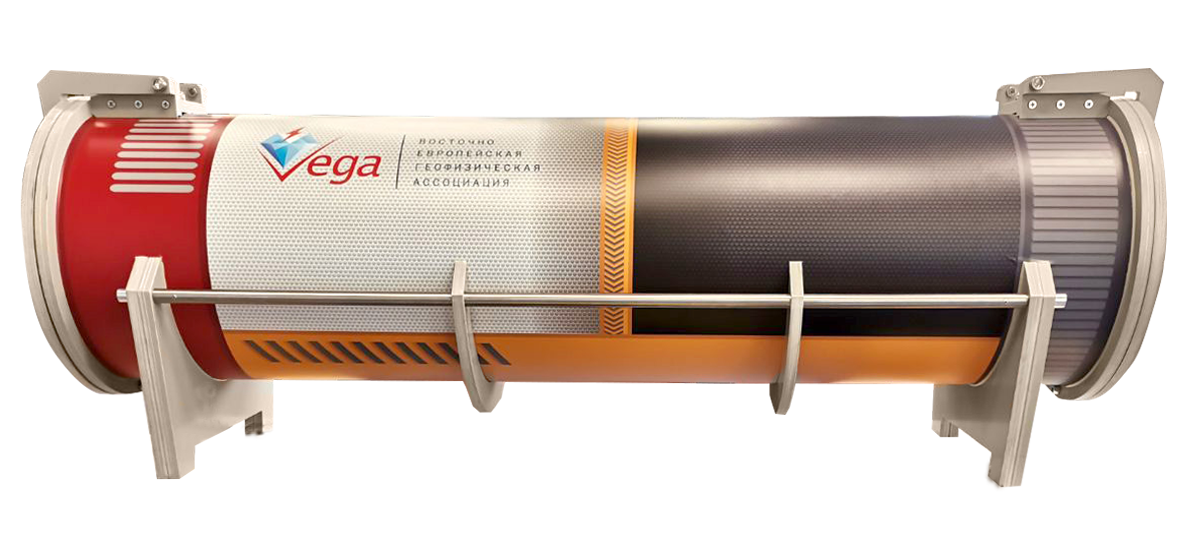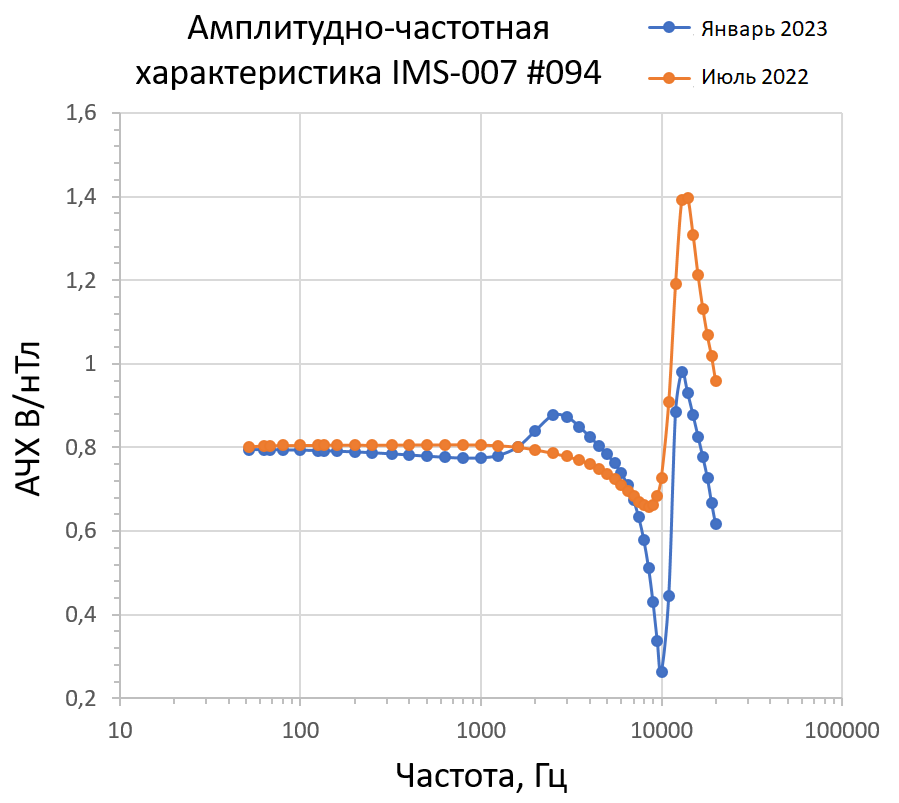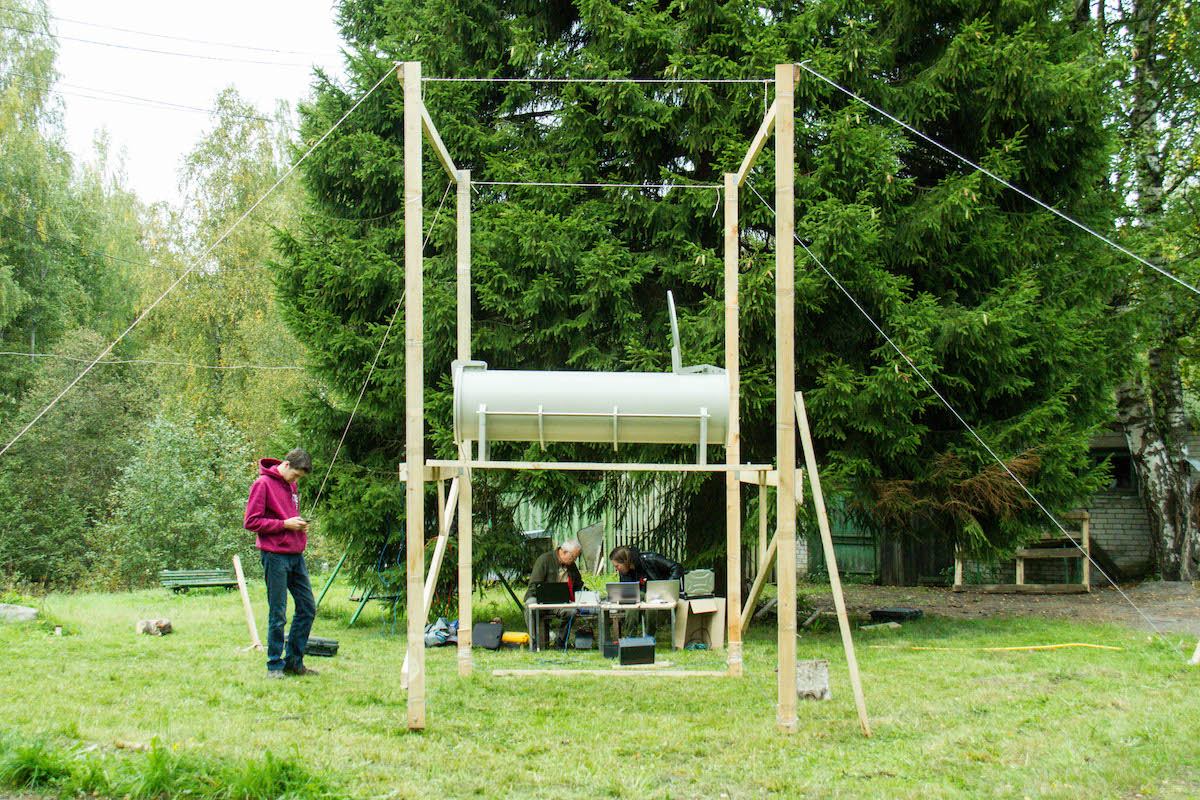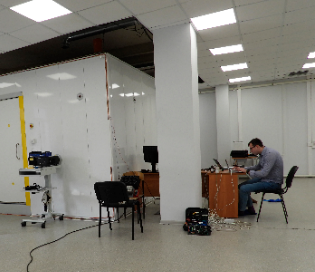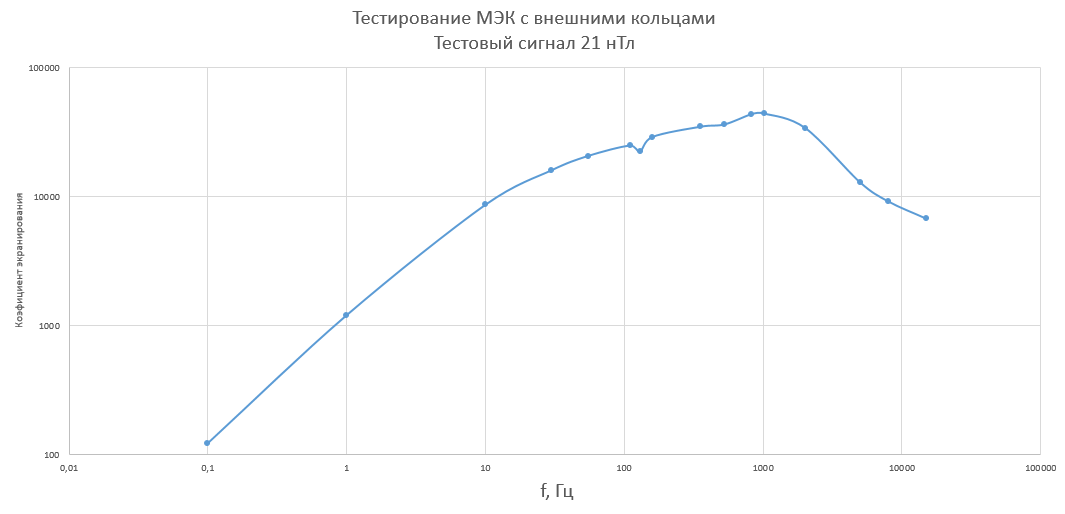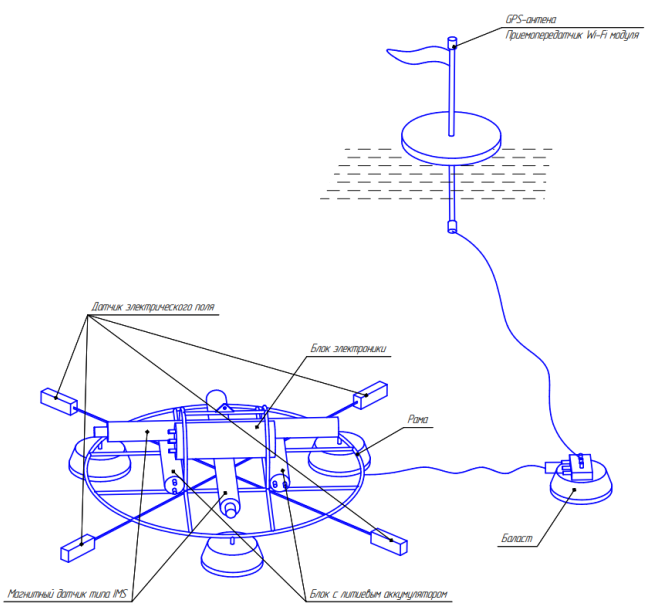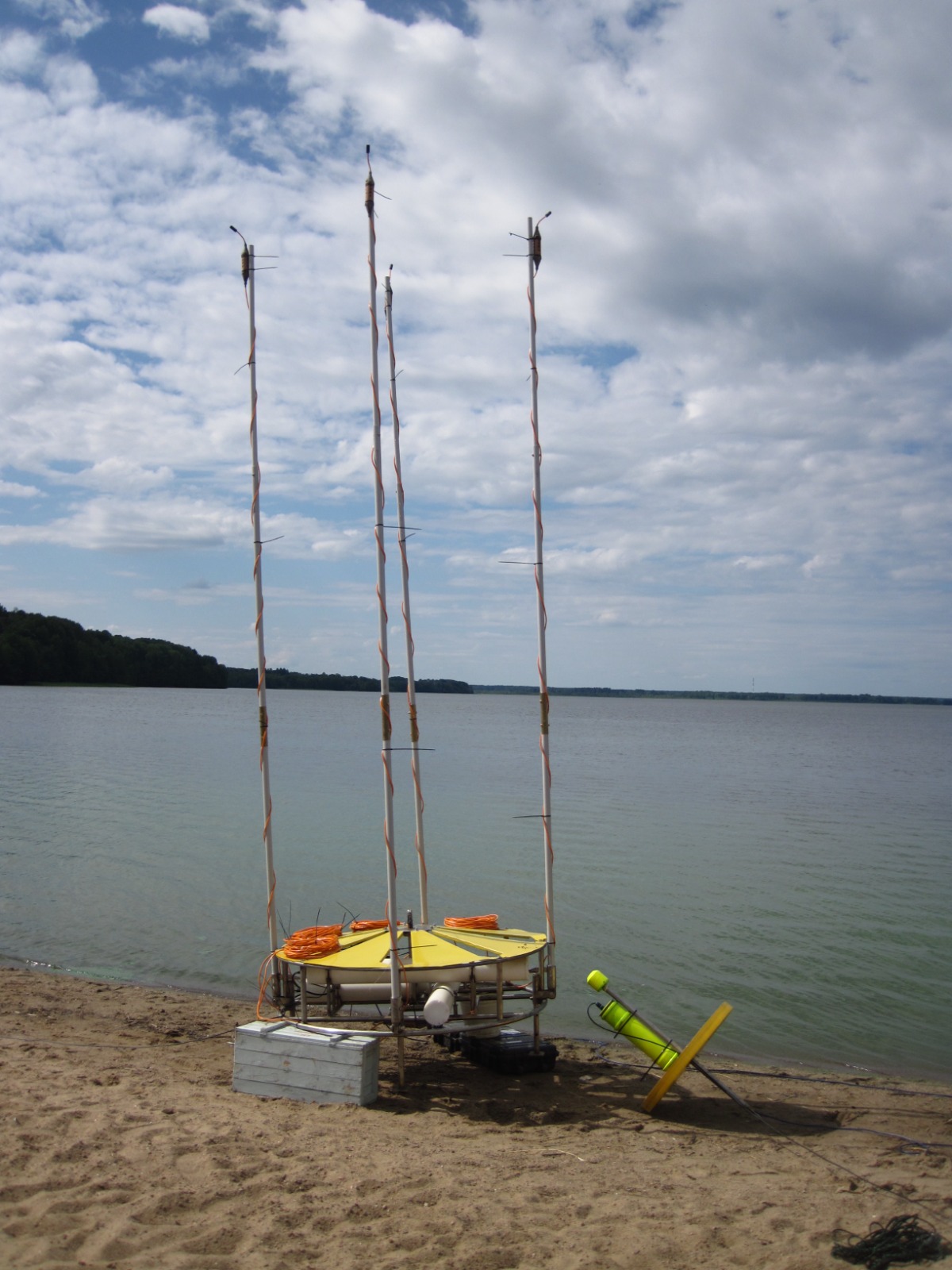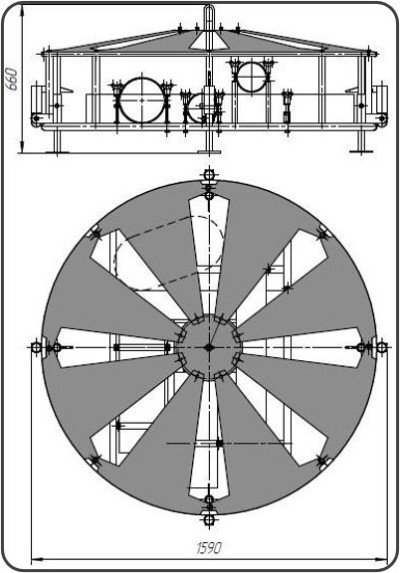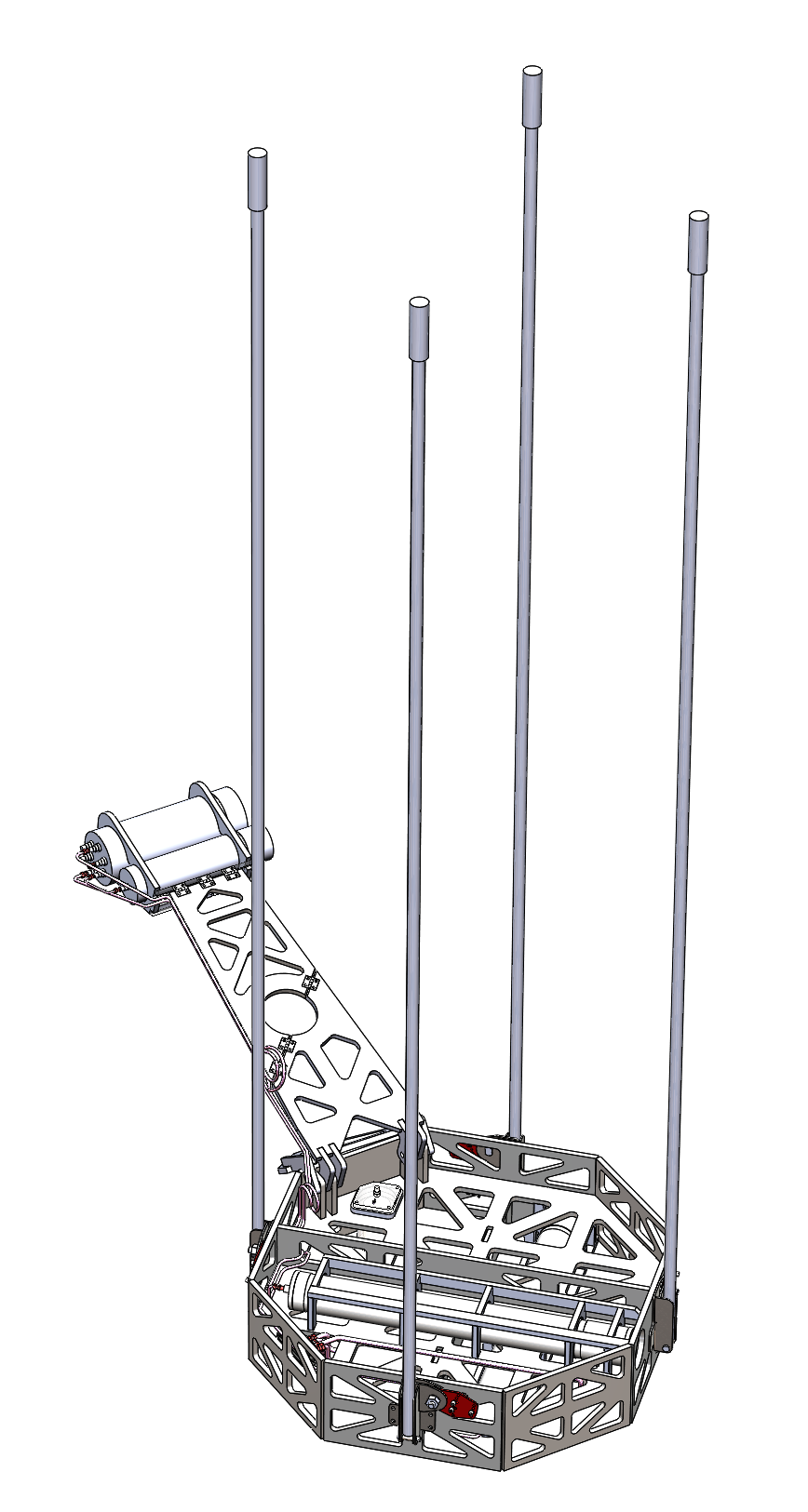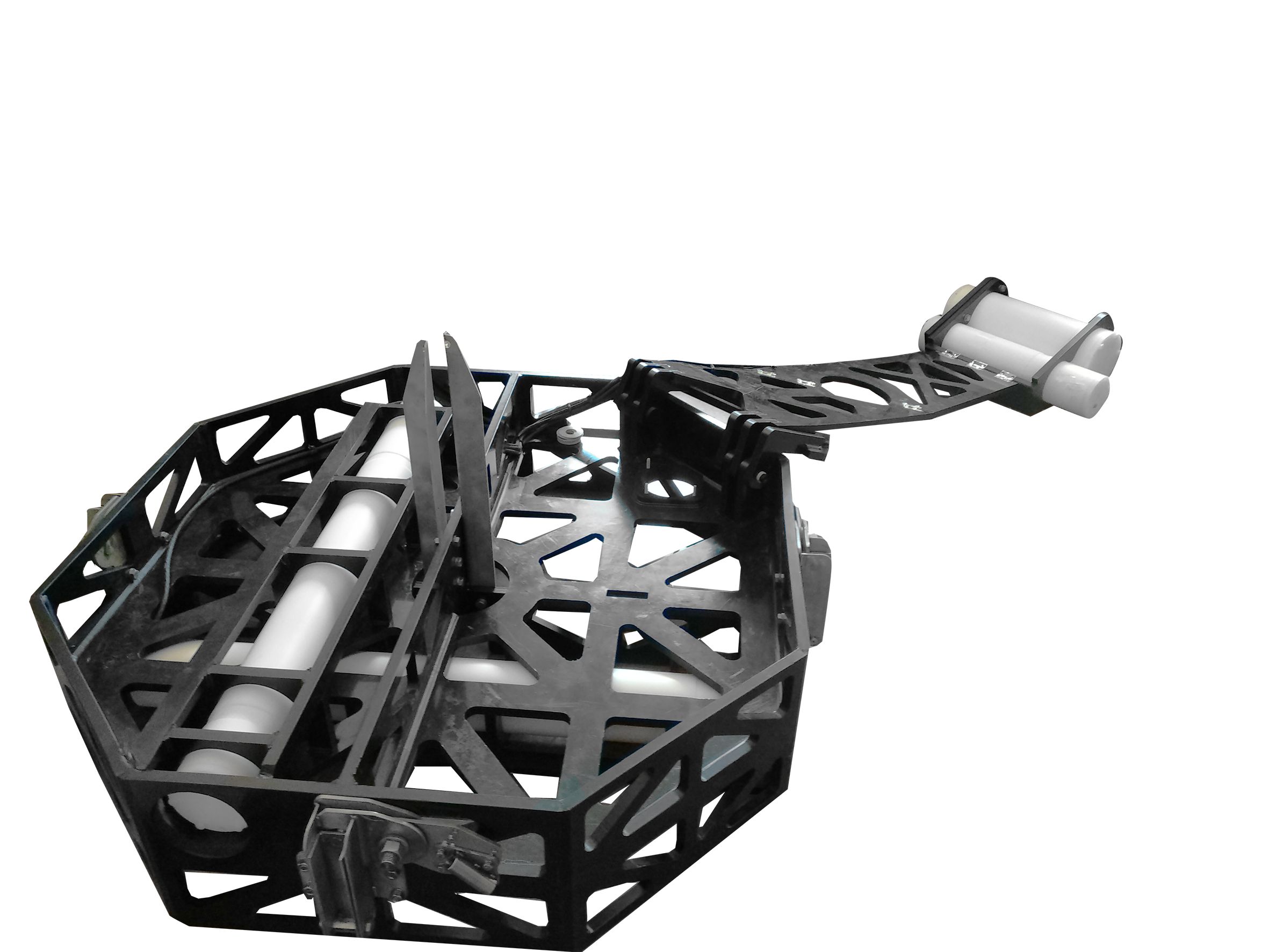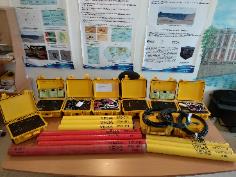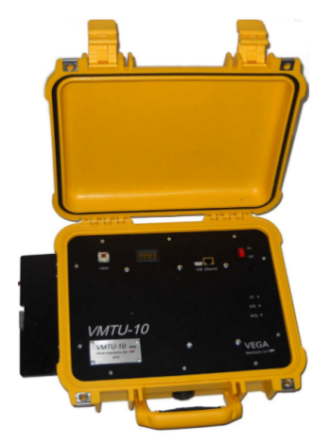Научная деятельность
Научные исследования являются важной составной частью деятельности ООО «Вега». Сотрудники компании принимают активное участие в решении теоретических и прикладных задач в различных проектах как в составе творческих междисциплинарных коллективов, так и в составе собственных инициативных групп. Накопленный опыт проведения опытно-конструкторских работ и практика внедрения инновационных разработок и методов в области геофизики, приборостроении и метрологии позволяет компании находиться на передовых позициях технического прогресса геологоразведки.
Компания поддерживает многочисленные контакты с российским и международным научным сообществом. Совместные научные и практические проекты осуществляются с такими организациями, как:
Геологический институт КФАН (г. Апатиты)
Нижегородский государственный университет им. Н.И. Лобачевского
Институт Прикладной Геофизики (г. Москва)
СПбФ ИЗМИРАН (г. Санкт-Петербург)
НПО «Тайфун» (г. Обнинск)
Крыловский ГНЦ (г. Санкт-Петербург)
ИРНИТУ (г. Иркутск)
АО «Электромера» (г. Санкт-Петербург)
Институт Физики Земли (г. Москва)
Геофизическая обсерватория «Борок» (Ярославская обл.)
ГК Росатом
фонд Бортника
ООО Северо-Запад (г. Москва)
ООО «ЦИКЛ ГЕО» (г. Новосибирск)
ООО «СИГМА» (г. Иркутск)
DG LLC (США)
Orange Lamp LLC (Китай)
EKSIR CO. (Иран)
Институт ионосферы (Республика Казахстан)
Последние наиболее значимые опытно-конструкторские разработки ООО «Вега»
Калибровочная Установка Магнитно-Экранированная
Каждому специалисту, который занимается точными измерениями слабых магнитных полей, известна проблема использования чувствительных магнитометров в условиях индустриальных помех.
Во время производства и обслуживания прецизионных индукционных магнитных датчиков необходимо наладить максимально эффективный процесс настройки и калибровки этих сложных прецизионных приборов.
Инженерами компании была сконструирована и изготовлена калибровочная установка с многослойной системой магнитных экранов, многократно уменьшающая уровень внешних электромагнитных шумов в широком диапазоне частот. При помощи этой установки настройка и калибровка чувствительных магнитных датчиков может осуществляться практически в любом удобном месте — в лаборатории, мастерской или в офисном здании.
Данная разработка существенно уменьшает время на производство и обслуживание датчиков серии IMS.
КУМЭ
Магнитно-экранированная комната (МЭК)
Создание защищенного от магнитных помех пространства для физических измерений – актуальная задача не только при производстве магнитных датчиков, но и в широком спектре различных научно-исследовательских задач.
Опыт в конструировании и расчёте магнитных экранов, а также потребность широкого круга организаций в использовании для своих потребностей магнитно-экранированных лабораторий, натолкнули на мысль о разработке комнаты, полностью экранированной от магнитных помех.
Сотрудники компании, используя огромный опыт, полученный при выполнении заказа «Центра нейроэкономики и когнитивных исследований» Института Когнитивных Нейронаук, Национального исследовательского университета «Высшая школа экономики», на монтаж и исследование характеристик МЭК, разработки немецкой компании Vacuumschmelze, приступили к созданию своей собственной магнитно-экранированной комнаты.
«Открытие» МЭК в офисе компании запланировано на 2024 год.
Морская магнитотеллурическая станция
Одним из новых направлений, активно развиваемых в современной геофизической отрасли, является шельфовая электроразведка и, в частности, признанный перспективным для поиска нефти и газа метод магнитотеллурического зондирования. Магнитотеллурическое зондирование является одним из самых востребованных несейсмических методов исследования Земной коры.
С 2009 года компания занимается разработкой оборудования для проведения геофизических измерений на неглубоководном шельфе. За более чем десятилетний опыт в проектировании морского оборудования в рамках опытно-конструкторских работ было разработано и изготовлено три версии морских магнитотеллурических станций.
Станция АММС-20. Глубинность до 20 метров.
Станция АММС-70. Глубинность до 70 м
Станция АММС-300. Глубинность до 300 м
Блок сбора данных VMTU-10
Товар снят с производства
Ранняя версия блока сбора данных VMT. Станция VMTU-10 предназначена для проведения электроразведочных работ методом магнитотеллурического и аудиомагнитотеллурического зондирования (МТЗ и АМТЗ). Блок Сбора Данных станции построен на основе дигитайзера edr-209, производства английской компании EarthData.

